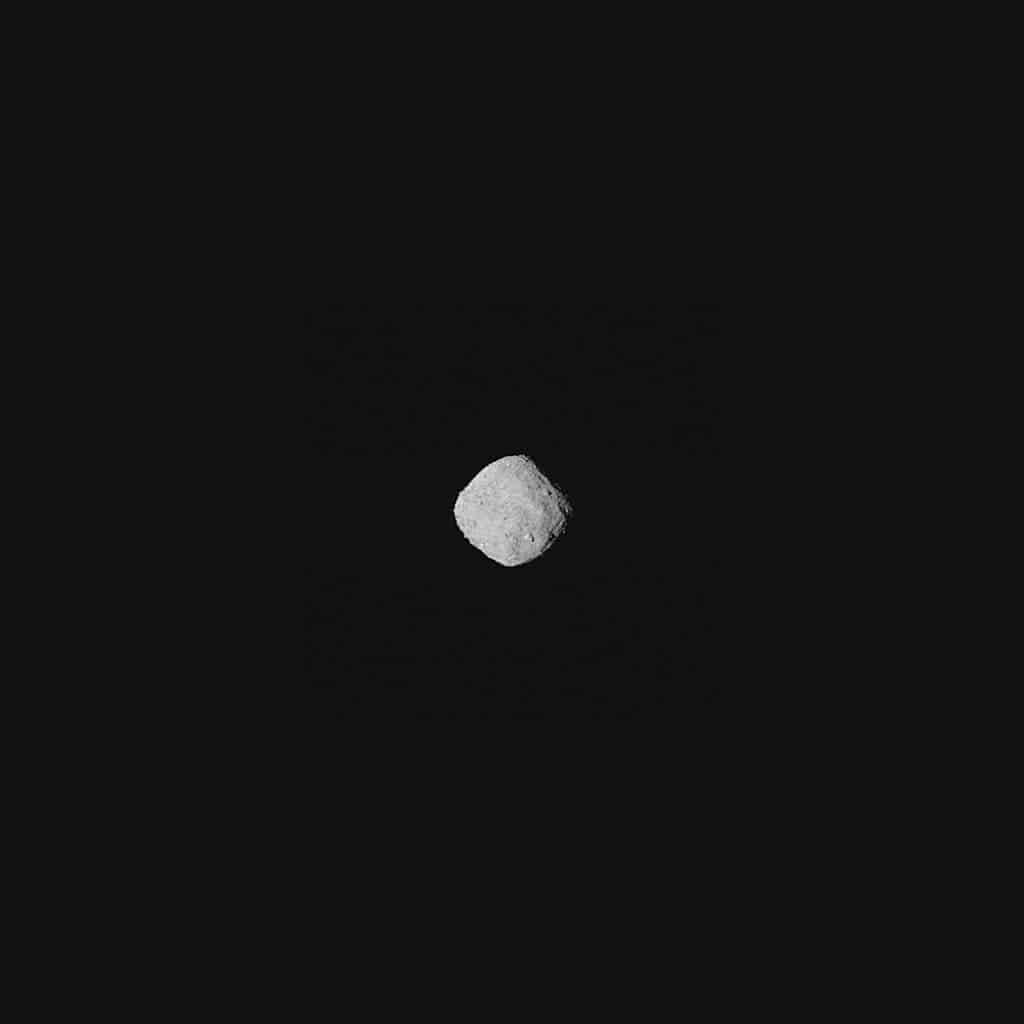NASA’s OSIRIS-REx spacecraft is poised to make a historical first step, and become the first to land (not impact) on an asteroid’s surface.

Roughly one month ago, we were talking about how the Origins, Spectral Interpretation, Resource Identification, Security, Regolith Explorer lander was finishing the last leg of its four year journey towards the asteroid 101955 Bennu. The craft will be the first US mission to return with an asteroid sample from outer space.
Journey’s end
“It’s a historic first mission for NASA, returning an asteroid sample, and it’s hard,” said Thomas Zurbuchen, associate administrator of NASA’s Science Mission Directorate, during a press conference on Monday.
“Bennu is almost a Rosetta Stone out there, and it tells the history of our Earth and solar system during the last billions of years. Bennu has presented a lot of challenges, but the ingenuity of the team has enabled us to get where we are.”
The lander, which is roughly van-shaped, will touch down at a site designated Nightingale. There’s enough boulder-free space here to allow the craft to autonomously land, since the distances between Bennu and Earth are too great for ground control to take over.
If everything goes well, the craft will collect anywhere between 0.5 and 2 kilograms of material before blasting off and back to terra firma. Bennu itself is a “rubble pile” asteroid, NASA explains, meaning its made up of a bunch of individual rocks held together by their collective gravitational pull.
While that is the endgame, OSIRIS-REx has already been working hard. The craft has been beaming back data collected through its myriad cameras ever since its target came into site. This provided data for researchers to work on, but also allowed the team to identify the best spot for a landing attempt. Nightingale is the size of a few parking spots.
Bennu is considered a near-Earth asteroid, as its path will take it quite close to our planet sometime in the next century. According to NASA’s estimates, it has a 1-in-2,700 chance of impacting the planet. Which isn’t very likely, but still a bit too likely for my personal peace of mind.
Circling back to the mission: the landing and sample gathering, called the Touch-and-Go sample collection event or TAG, is scheduled to begin at 5 p.m. ET. These samples should go a long way to helping us understand how planets and asteroids formed, and how life began.









